
That’s right — if you’re driving cattle over a long distance, it’s “droving”, not “driving”, and the same principles apply whether it’s cattle or casual shoppers you’re trying to herd into a shop, you’ve still got the same basic problems.
No matter how good a cowpoke you might be, if you’ve got no cattle, you’re a cowboy out of a job.
If it’s shoppers you want, you’ll have to attract them as well as drive them toward the merch, and the merch better be good stuff at a good price.
- Scarcity — the fewer of them, the better.
- Desirability — if nobody wants it, it doesn’t matter how rare it is.
- Condition — At the end of the day, condition is everything.
You’ll notice that “price” is not part of the equation — price actually doesn’t matter, except it the sense that it eliminates those with insufficient wherewithal to engage in the sales activity, except as an observer and/or commentator.
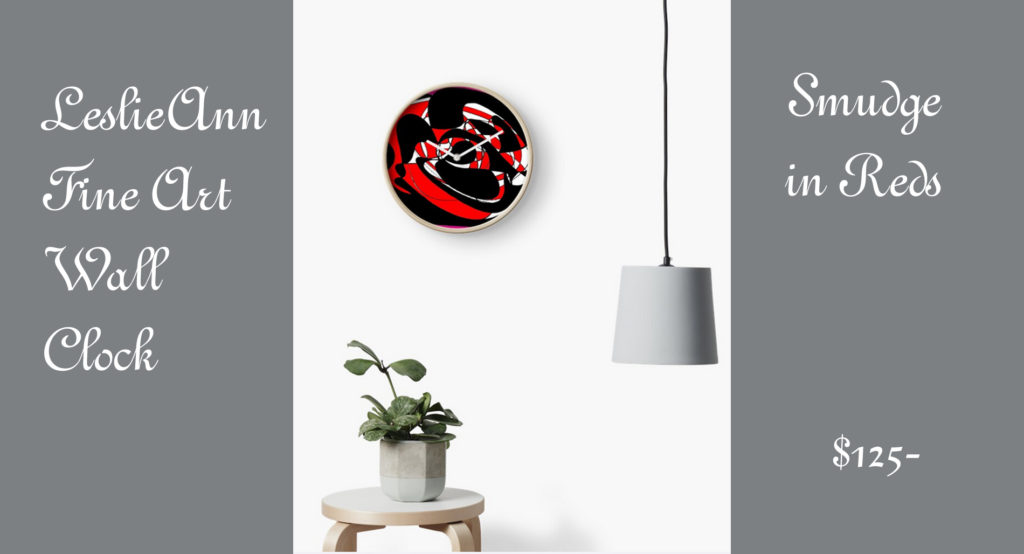
You’re reading about art sales in the tens of thousands of dollars and, to the average wage-earner, that’s a hell of a lot of money to pour into something to hang on the wall, but to the art collector, it’s just the stuff with which you can get the art you’re after.
If you’re very very rich and you’re afraid to lose your money to inflation, you’ve got wealth in the form of art on the walls, and if you’re a very sophisticated art collector, you know that art never follows the money — its chart will not reflect the stock market or the money market.
The independence of the value of art is very useful in the preservation of wealth, and most very rich people understand that some part of their estate will be invested heavily into art.
Problem is, not ALL art goes up in price. Most artists are quickly forgotten, and most fine art ends up in the Salvation Army Thrift Shop at one time or another — Chagall’s canvases being used to waterproof a chicken coop being one prime example.
Like NFTs, fine art on canvas can be traded like a security, but you have to have a large and well-to-do group of buyers locked up in an online trading party on zoom or in a carefully controlled discord event.
In order to sell any artwork, you need to create a DESIRE for it, and even the most famous artists are not on the preferred purchases list of anyone except the most dedicated collector, and then only for that, and nothing else.
Something else to consider — the actual buyer of a work of art, the one who selects which art goes up on the wall and for how long, will not typically be the owner, but an agent, generally an art expert or designer or, in many cases, a decorator.
A designer is a decorator with a degree in the arts, and can sometimes provide structural data, subject to an architect’s whim and whimsy.
Of course you don’t know any designers, decorators or architects, and you don’t rub elbows with the Hollywood Stars and the Filthy Rich.
Please note, we’re not talking about the well-to-do. We’re talking about so much money that they actually have no idea of their net worth or how much they spend a week on garbage.
That’s right, garbage. The life of the very wealthy is a constant restless search for a cure for boredom.
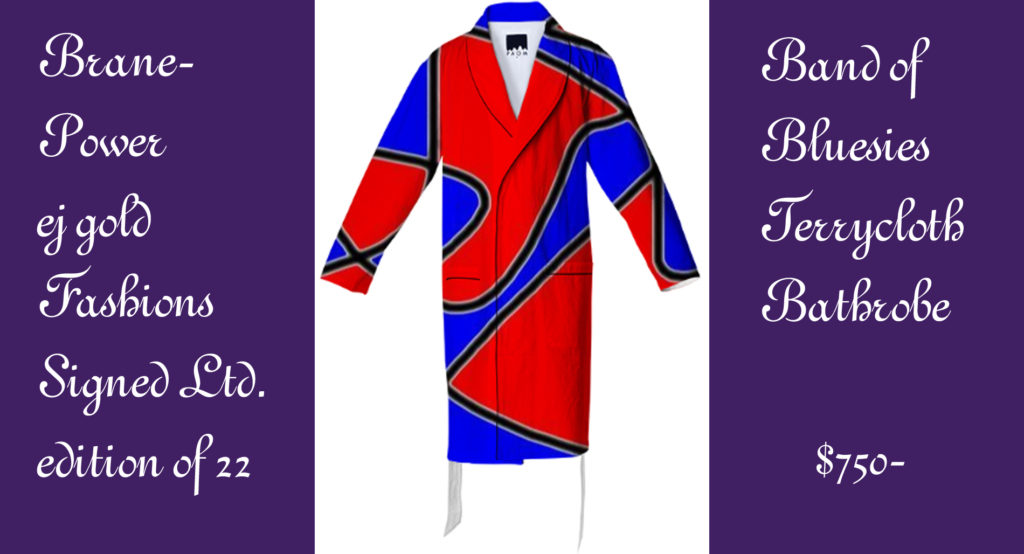
Boredom is the enemy of the Very Rich and Famous.
If you’ve got a cure for boredom, they’ll go for it as long as it lasts, meaning that as soon as they figure it out, they quit.
There’s only one reason someone would want to buy YOUR art.
They expect it to do something for them, to serve them in some way, to achieve their long-term and/or momentary desire.
The desire for a work of art can’t come from the dealer. The dealer is impartial, providing background data about the artist and the artist’s present market.
The desire has to come from a group of trusted people. That would be a chat group, unless I miss my bet, which I seldom do.
Yep, it’s a group of people lauding a work of art on some online chat, in a chatroom full of trusted friends, followers and allies.
Everyone in the room agrees that the art is wonderful and has value.
Based on that, members of the group might be moved to make a bet — I mean, of course, take a chance — on a particular work of art for their collection, with the SALE of the item at a higher price the target of the activity.
In short, it’s all about money.
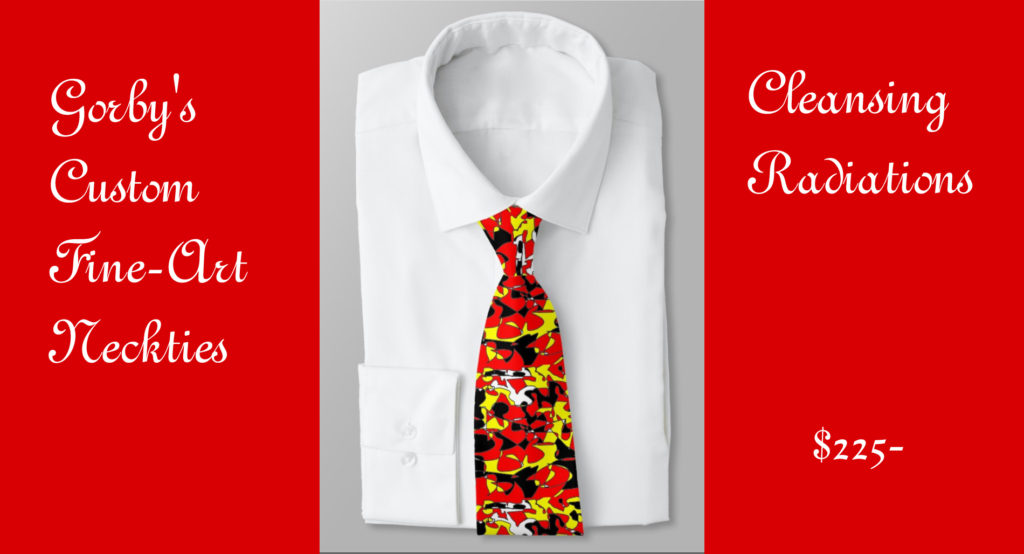
Sure, it’s also about the bragging rights — “I own an original Picasso” — and the seduction game, “Come up and see my etchings”, but mostly it’s about the expectation that this thing is going to be worth a LOT more someday, hopefully real soon.
That’s not the way the world works, but it’s the basis for most high-end art sales.
Problem for you is, how to get your merch in the face of the buyer, and that’s not going to be so easy.
It used to be, you could send out to a mailing list. Mailing lists are all ripoffs now, and do no good whatever, and that goes double for anyone pretending to drive customers to your website.
You can spend several months and hundreds of dollars on fiver.com and get nowhere.
In the old days, you could send something to an influencer, and expect to see some results on your web page, but no more — these days, web exposure has a price, and it’s not something you could afford to pay.
So how DO you catch the attention of the art buyers out there?
Well, actually, you don’t. You capture the attention of someone who buys for the buyer, and that means a different appeal.
To the buyer, the appeal will be “do you like it?” and “it’s gonna be worth a lot more tomorrow”, which works well only when the artist has stopped producing.
The art itself is almost an afterthought. It has no significance. Forget about the art. Concentrate instead on finding the right discussion group, the right place to hang your arguments in favor of buying the thing.
You’ll need a lot of backup from others, and that’s why you join a discord group or some other chat group, so you’ll have lots of reinforcement and agreement.
That’s what actually sells it.
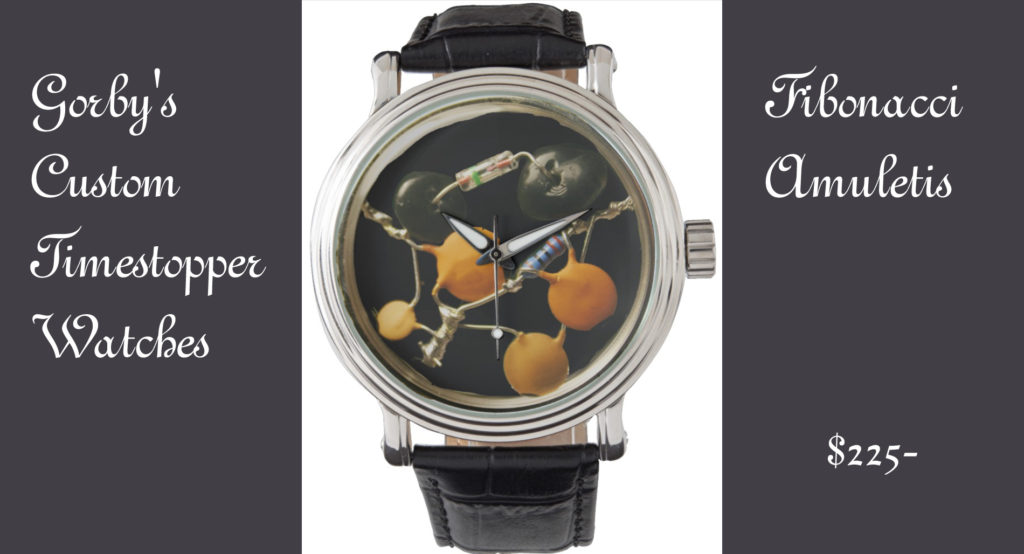
I mentioned zazzle — it’s for things below a thousand dollars, like a 24″x36″ metal print of a landscape, but those sell for less than $400.00, the price of a very average painting by a new artist.
You don’t want to sell the new artist — it takes 50 years to get the prices up there, and by that time, it’s always too late, but that’s the way it works.
I happen to have put 50 years into the promotion of my artwork, along with the efforts of dozens of others, all to provide a warehouse that YOU can work with to sell and place in collections.
Objective Art is something that projects the Real World, meaning that it is a source of higher energy and consciousness.
In short, any passers-by will get a Bardo Shock from it, even if they never look at it.
My artwork provides a work-shock that can awaken any psychic sensitive who comes anywhere near it, and that includes my jewelry and miniatures and even the food I prepare in my kitchen.
It’s all about Dissolving Radiations. When you place one of my works of art, you’re placing a device that can provoke someone out of sleep and into work, and that’s my entire intention.
What the work LOOKS like is irrelevant. Its sole function is to awaken the Higher Self, and that’s what it does — that’s what makes it “Objective”.
Even someone who is entirely indifferent to the work of art will get a boost and a goose out of it, and if they’re ready to work, the effect will be to shock them out of sleep.
Knowing that, you’ll want to get my works into the most public possible places, like my portrait of my friend Herbie Hancock at the Smithsonian.
I also have some 50 pieces in the Hillary Clinton collection, several works in the collection and library of Barack Obama, and at least one landscape in the collection of King Hussein of Jordan, and that’s not the only stuff out there — I’ve had hundreds of shows and exhibitions, and had lots of exposure.
It’s up to YOU to take advantage of that. We put in the mileage, and paid the price, and it’s now yours with which to work, providing a base from which you can take your art marketing actions.
Those actions will require certain things of you, mostly in the area of personal efforts, which hopefully will lead to a permanent awakening and a profound work-life.
Now among the famous well-publicized backdrop and panel paintings, you’ll find scattered here and there a dazzling array of minor objects of daily use, things that don’t sell for much, but they’re cute as hell, and handy as can be.
In short, I direct you to visit my collections in my prosperitypath shop on zazzle, where I have literally thousands of bright shiny toys that relate to my work and to my artwork.
You can find many objects of real work use there, but the objects themselves are not the thing — it’s not the merch, it’s not the money and it’s not the fame.
It’s all about a strictly mechanical process that, if followed, will lead to consciousness and the awakened state.
“The Waking Dead” would be the name of the show, if it ended up on TV. It’s about a family of awakening beings living in a cemetery full of animated corpses — you know, real life.
The Awakening Call comes to those who are in need. Sometimes it comes in the form of a song, a painting, a drawing, a dramatic moment.
The arts are an expression of higher consciousness, even the junk.
What’s the odds of your nephew showing up at your door with a truckful of fine art worth over a million dollars?
Right. But here’s a chance to market art you don’t own, for prices you can’t even imagine now.
After some experience selling high-end fine art, you’ll wonder why you ever thought driving a pizza delivery truck was the end-game to be achieved.
Selling lower end stuff gets you in shape for the big things, and can provide a healthy living for someone without too many grotesqueries, meaning they have too many lumps in the neuroses to make a sale stick.
What I mean is, you can do stuff on zazzle that you can’t do anywhere. You literally have the power of a hundred factories, mills and shops at your disposal, and thousands of products carrying your images and texts.
Yes, your images and texts. Don’t you see yourself at the helm of this ship? Dig out some images and put ONE of them up on zazzle, and try to see how it fits and works on various items.
You do this by going to the blank products list — see all.
Go through the objects by scrolling down, and pick out something that interests you personally — something that you might actually spend the money to buy and have shipped to your home, and that’s exactly what I want you to do.
You’ll have to figure out not only how to make a product on zazzle, but also how to price it, by adjusting between your percentage and the final retail price — you can’t stretch either one too far without breaking it.
You don’t have to make the things. It’s all about putting your image onto a product and then making it look good enough to buy, and then getting that item in front of people, and … hey, that’s the same problem we always run into, isn’t it?
Getting your merch in their face.
Good luck. That’s the hardest thing in the world, and when you factor in the horrible news that happens every day now, it’s even harder to get the attention of anyone, rich or poor.
When and if you DO manage to catch their attention, it’s only because you’ve got their INTEREST, and that could only mean one thing:
There’s something in it for them.
Then there’s Fear of Exclusion, getting left out, missing the boat. That’s because the previous artwork sold for millions of dollars.
There couldn’t be any other reason.
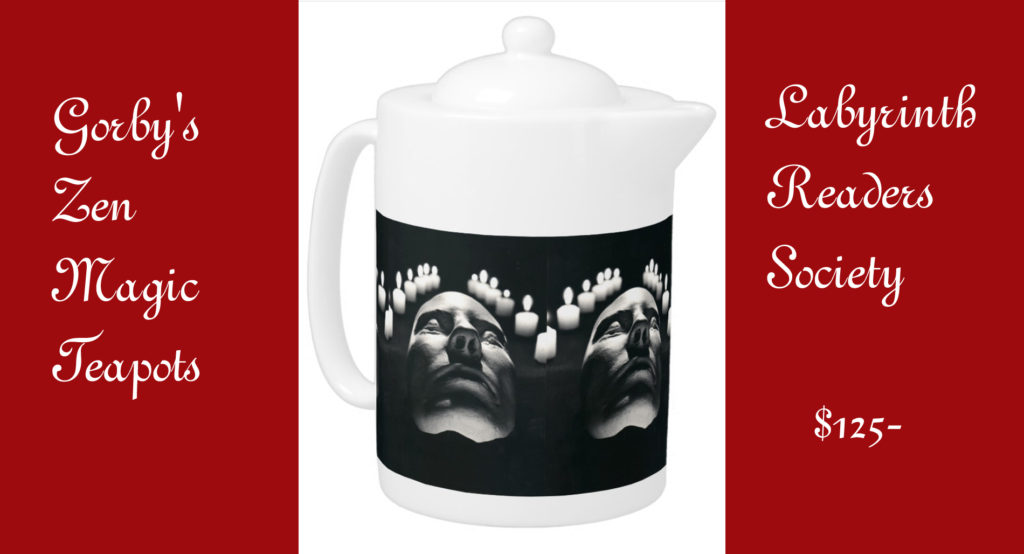
So how DO you get your artwork in front of buyers? You can’t depend on them to stroll by your gallery on a weekend promenade, and you can’t expect them to be cognizant of art or the art market.
They simply aren’t built that way. The living won’t see the dead, and you’ll note that it didn’t say “can’t”, it said “won’t”, and if anyone asks what’s the meaning of life, tell them that the living won’t see the dead, and just let it go at that.
Selling something for a dollar, you could be at a cash register in a whole line of checkouts, but selling for fifty or a hundred dollars, there’s some amount of clever that you need to muster up.
Nobody wants your merch. Now get out there and make them want it. The thing is, years later, they gotta still be happy with it, or you failed your job.
You can’t make anyone want anything unless they can see you. Right now, you might as well be invisible. In a crowd, you’re just another face.
You’ll have to change that in order to get their attention.
You can’t get their attention until you get their interest, and that’s almost impossible, because you have to get their attention in order to get their interest.
Double bind, another Catch-22, eh? Well, that’s the game.
Find a way to get their attention so you can get their interest so you can get their attention. Good luck — hardly anyone has ever figured this one out.
Nobody on zazzle is going to find your stuff. There’s no way to market on zazzle. Then again, if you try to sell that stuff on eBay without actually having it in hand, you can get into big trouble, trouble enough to get you banned from eBay, so you have to figure out a way to sell only what you have in stock, or find a place other than eBay to sell your merch.
Why bother to sell things at only a few hundred dollars? Well, for one thing, to keep up your skills, and to eliminate all hesitation that overwhelms new sellers. Don’t be a new seller all your life. Get comfortable with selling, regardless of your personal attitude about selling.
As a matter of fact, if you have a problem about selling, maybe it’s time to deal with it. No better way than to engage and emerge as a zazzle artist/craftsperson.
The classic avoidance is “I hate selling”. I don’t recall asking.
It’s not an option. It’s an exercise.
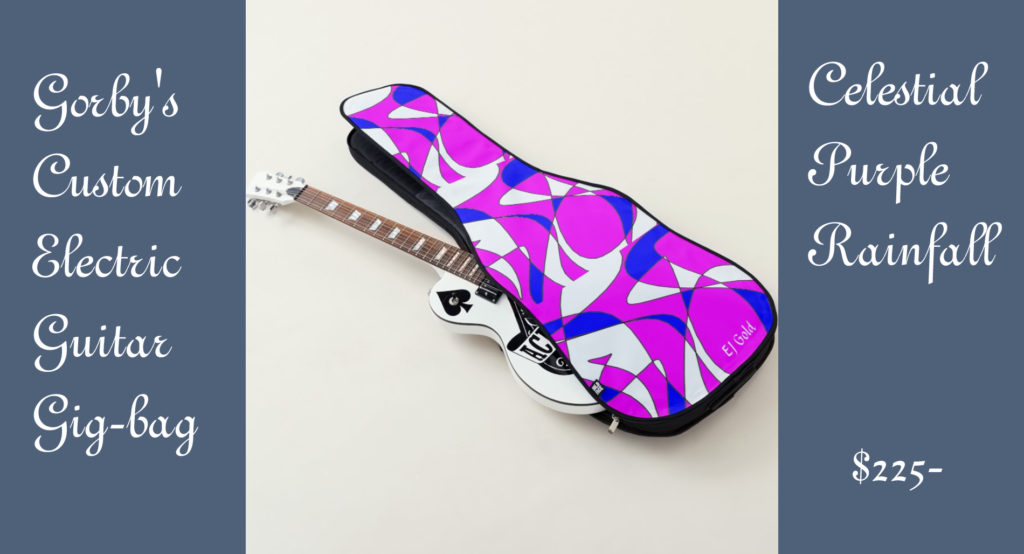
Look, if you came into a chemistry class, you’d expect to read the textbooks indicated, take tests, engage in discourse, and certainly attend lab once or twice a week.
It’s hilarious to me to see people come to talks and other introductory events, expecting to get something out of it without putting anything into it.
I recommend an exercise, I expect you to at least DO it. Like I said, it’s not an option. If you want to put it off ’til later, it’s your decision, but I’m advising you that it’s better if you do it earlier than later.
You might not have the strength you do today, and frankly, I wouldn’t count on things improving over time — they generally get worse, and then they deteriorate completely.
The artwork on the wall at in the photo at the top of this discourse runs less than $200. Most of my original Renoirs, Rembrandts, Chagalls, Miros, Matisses and Picassos run in the range of $4,500.00 to $35,000.00, and these are considered low-end art.
Most people never become aware that there is a world of art and that it is a web created by a matrix of collectors around the globe.
The collective effect is a drive toward higher consciousness.
Thankfully for the peace of mind of millions, this does not happen automatically in everyone who passes by.
It takes a psychic sensitive, and that might serve well as a clue to how you’re going to get their attention in order to get their attention.
Speaking of getting their attention to get their attention, several important publications are happening even now, as we speak:
Invocation of Presence is available at last in paperback!!! This classic will sell out! We’re already in re-order, and the books will be here any day, ready for shipping to YOU. If you’ve never heard of this exciting book, it contains the precise instructions for Invoking your Presence.
It gives you The Formula.

Another book that might get people interested enough to look further is the Movements Book, which is finally being republished with new photos and it’s now in affordable paperback for the first time ever!
I’ll be signing copies to ship out as soon as they get here. We’re in final production now,and I expect to have it by the end of July, if all goes well.
I should mention that things have never gone well. What I meant was, “as expected”. No, that’s no good either.
Want to make God laugh? Make a plan.
Art selling is a kind of prodding around the bushes in a thick impassable jungle. You have to feel your way, and every turn provides you with a new problem.
Did you know that the Biblical “Ye”, as in “O, ye of little faith,” or “follow ye that car” is actually the word “Thee”, as in thee and thou and thine.
The “y” isn’t actually a “y”. It’s a “Th”, a dipthong — but the spelling of “Thee” to “You” somehow managed to change course and wiggle around literarily over the centuries.
So why zazzle?
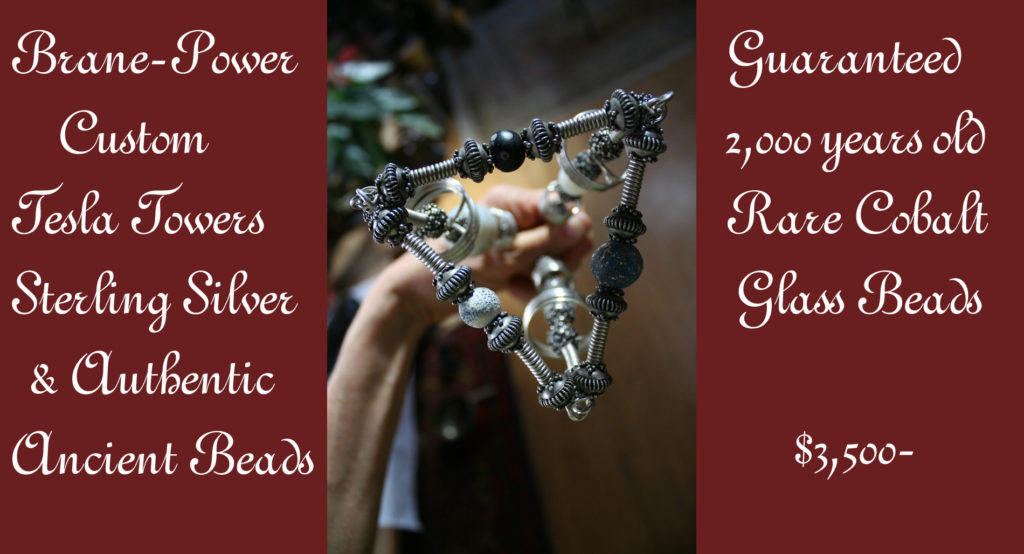
So you’ll have something to do while you’re waiting for your ship to come in.
See, you’ll put up a half-dozen items for sale at between $10,000.00 and $85,000.00. That’s the first level. You’ll be going up from there, once you get your bearings and confidence runs all through you where the demons used to be.
Once you make a few of these sales, you’ll … oh, wait a minute. I see that I haven’t actually told you how you’re going to get those things you made on zazzle in front of a buying audience, have I?
Gosh, I only wish I knew. See, it’s different for everyone, and your technique and method evolve over time and personal experience personally experienced, which is why it can’t be taught in books, although many have tried.
Just learning how to share something on facebook is a challenge, and there are far greater challenges about sharing that lie in your future, should you take on this mission.
So how to begin?
Get a group together, at least a dozen, the more the better. Now, pick out an item in one of my collections, something you can all agree is likely to be interesting to outside buyers.
Now start promoting the hell out of that listing. Get it everywhere you can. Operate with the shame of Trump or deSantis or Cruz. Just balls, balls, balls of titanium, and don’t take “no” for an answer.
That works well for those guys, it should work well for you.
I’m kidding. Relax. You don’t write a blog this long without dipping into funny pathways now and again. Back on subject I will go.
So how to begin?
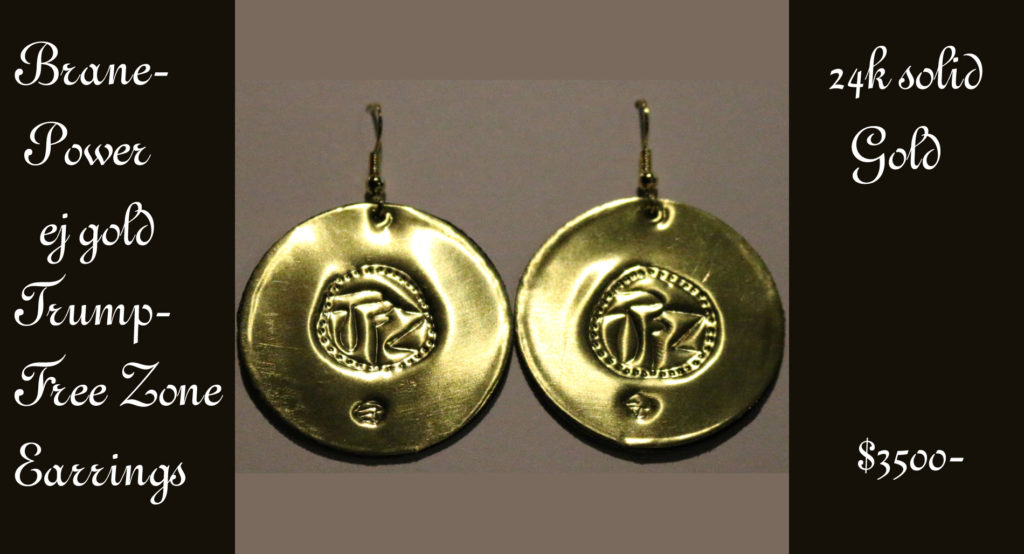
Oh, I see we’ve already covered that. So the short answer is, you can’t begin, you have to start in the middle.
It’s easier to sell someone else’s work than your own, but you’re not selling the artwork, you’re selling a craft item with artwork on it.
There’s a huge difference, and I expect you to take full psychological advantage of it to help you overcome your neurosis related to the art of selling.
Selling is communicating. Even online, you have to get eye-contact, even if you’re the Geico Gekko named Martin, after the ad agency that introduced him to the world, and with the voice and $3 million dollar income of cockney-accented British actor Jake Wood.
I hope that settles it once and for all — the Geico Gekko is not Australian. He’s 100% Cockney, a fact that could win you many a bar-bet.
So when should you begin working with your zazzle site to get experience personally experienced?
It could be now. Now is a good time. The thing about “Now” is that if it’s not actually now, it’s generally later, and that’s the truth.
This is not an exercise you want to put off until later, because the world-order is about to erupt in catastrophic change, which will definitely put a cramp in anyone’s style.
In short, the time is short, better get a move on.
Come to our zoom meeting in the morning, and we’ll help you get started on your way to fame and fortune.
There is of course no guarantee that fame and fortune are close at hand — the road is long and dusty, and the sun is high in the sky.
ART DEALER is the goal here, and it’s not too far a leap, just a skip and a hop away.
See You At The Top!!!
gorby

